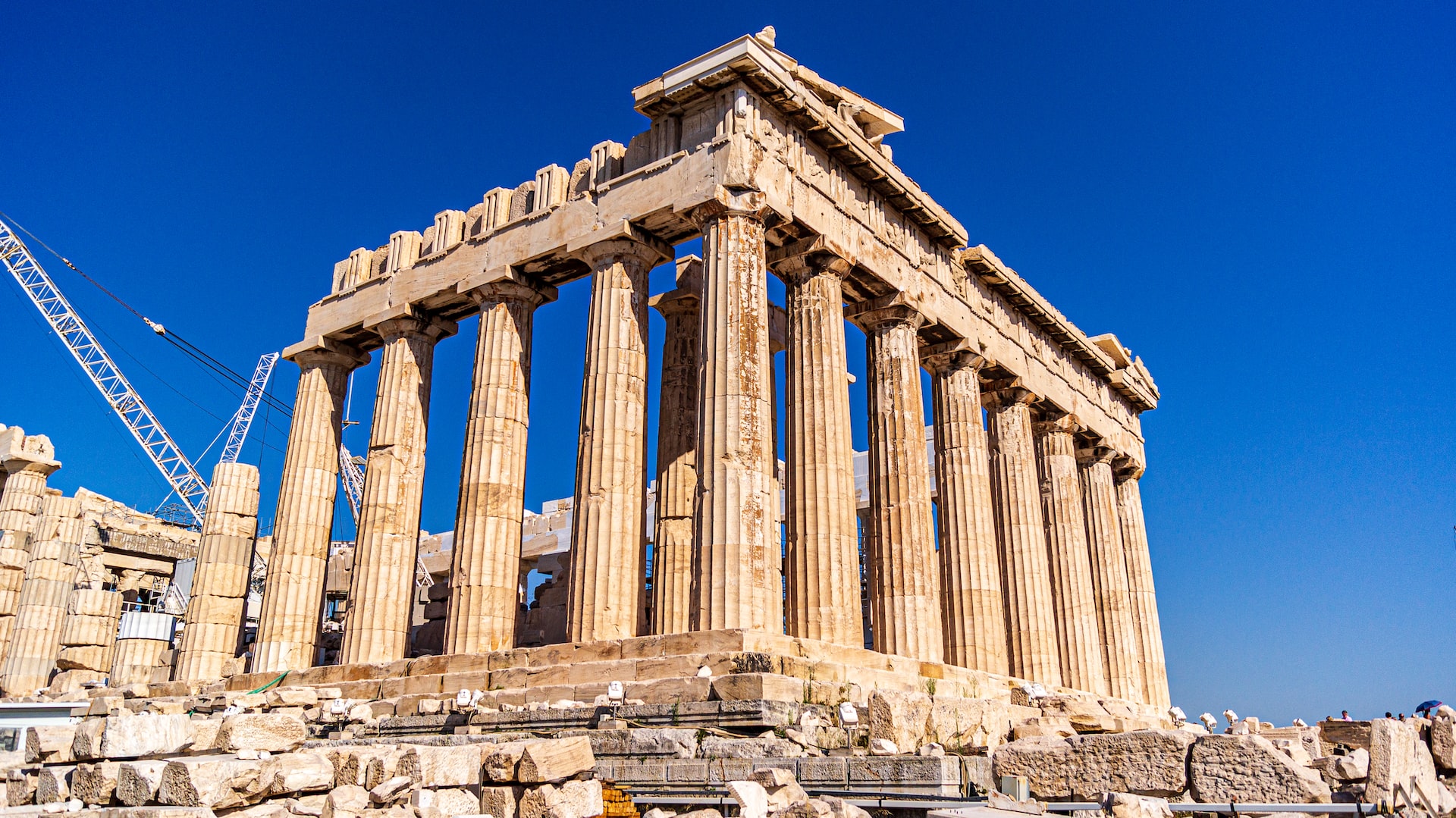The Acropolis of Athens stands as a testament to the glory and sophistication of ancient Greece. Perched high above the city, this iconic complex of ancient buildings, including the Parthenon, the Erechtheion, and the Temple of Athena Nike, has captivated visitors for centuries. In this article, we will explore the rich history, architectural brilliance, and visitor experience of the Acropolis, ensuring to highlight the importance of securing Acropolis of Athens tickets in advance for a seamless visit.
Historical Significance
The Acropolis, meaning “high city” in Greek, has been inhabited since prehistoric times. However, it was during the 5th century BCE, under the leadership of Pericles, that the Acropolis was transformed into the magnificent ensemble of structures we recognize today. This period, known as the Golden Age of Athens, marked the height of Athenian power and artistic achievement.
The Acropolis served as a religious center dedicated to Athena, the city’s patron goddess. The Parthenon, the most prominent structure on the Acropolis, was built to honor Athena Parthenos. Its construction began in 447 BCE and was completed in 438 BCE. The Parthenon epitomizes classical Greek architecture and is renowned for its Doric columns, intricate sculptures, and harmonious proportions.
Architectural Marvels
The Parthenon
The Parthenon is the crown jewel of the Acropolis. Designed by architects Iktinos and Kallikrates, it exemplifies the Doric order and showcases the Greeks’ architectural and engineering prowess. The temple’s frieze, metopes, and pediments were adorned with elaborate sculptures depicting scenes from Greek mythology, many of which were crafted by the sculptor Phidias.
The Parthenon’s enduring beauty lies in its proportions and optical refinements. The slight curvature of the columns and the subtle swelling (entasis) create an illusion of perfection. This attention to detail has fascinated architects and historians for centuries.
The Erechtheion
The Erechtheion, located to the north of the Parthenon, is another architectural masterpiece. Built between 421 and 406 BCE, it is known for its complex design and the Caryatids, the six draped female figures that serve as supporting columns for the south porch. The temple is dedicated to both Athena and Poseidon, and its irregular layout accommodates the uneven terrain of the Acropolis.
The Temple of Athena Nike
The Temple of Athena Nike, a smaller yet elegant structure, stands on the southwest bastion of the Acropolis. Built around 427–424 BCE, it honors Athena as the goddess of victory. The temple’s Ionic columns and friezes depicting battle scenes highlight the Athenians’ reverence for their divine protector.
The Propylaea
The Propylaea, the grand entrance to the Acropolis, was designed by the architect Mnesicles. Construction began in 437 BCE but was never fully completed. The monumental gateway consists of a central hall with a row of Doric columns flanked by two wings. The Propylaea sets the stage for the awe-inspiring structures that lie beyond.
Visiting the Acropolis of Athens
Planning Your Visit
Visiting the Acropolis is a highlight of any trip to Athens. Given its popularity, it is highly recommended to purchase Acropolis of Athens tickets in advance. This ensures you avoid long queues, especially during peak tourist seasons. Tickets can be bought online, offering the convenience of selecting your preferred time slot.
Ticket Information
Acropolis of Athens tickets grant access to the entire archaeological site, including the Parthenon, Erechtheion, Temple of Athena Nike, and Propylaea. Combined tickets are also available, which include entry to other important sites such as the Ancient Agora, Roman Agora, and Hadrian’s Library. These tickets provide great value and are ideal for history enthusiasts wanting to explore Athens’ rich heritage.
The Visitor Experience
Upon entering the Acropolis, visitors are greeted by the majestic Propylaea. As you ascend the marble steps, the cityscape of Athens unfolds, offering panoramic views that extend to the Aegean Sea. The climb is relatively gentle, but it’s advisable to wear comfortable shoes and carry water, especially during the hot summer months.
Exploring the Acropolis is a journey through history. Informational plaques and audio guides provide context and details about the significance of each structure. For a more in-depth experience, guided tours are available, led by knowledgeable archaeologists and historians who bring the ancient site to life with stories and insights.
The Acropolis Museum
No visit to the Acropolis is complete without a trip to the Acropolis Museum, located at the foot of the hill. The museum houses an extensive collection of artifacts found on the Acropolis, including the original Caryatids and fragments of the Parthenon frieze. The modern design of the museum, with its glass floors and open spaces, complements the ancient relics, providing a fitting environment to appreciate their beauty.
Preservation Efforts
Preserving the Acropolis is an ongoing challenge. The structures have endured centuries of weathering, pollution, and human impact. Restoration efforts, initiated in the 1970s, aim to stabilize the ruins and restore damaged elements using original materials where possible.
These efforts are overseen by the Acropolis Restoration Service, which employs advanced technology and traditional craftsmanship. The meticulous work ensures that the Acropolis remains a testament to ancient Greek ingenuity and continues to inspire future generations.
Cultural Impact
The Acropolis has had a profound impact on art, architecture, and culture worldwide. Its influence is evident in countless neoclassical buildings, from government institutions to museums, that emulate its timeless elegance and symmetry.
In literature and philosophy, the Acropolis symbolizes the intellectual and artistic achievements of ancient Greece. It represents the birthplace of democracy, philosophy, and the pursuit of knowledge. This enduring legacy continues to resonate, making the Acropolis a symbol of Western civilization.
Conclusion
The Acropolis of Athens stands as a monument to the glory of ancient Greece, a place where history, architecture, and mythology converge. From the grandeur of the Parthenon to the intricate beauty of the Erechtheion, each structure on the Acropolis tells a story of a bygone era.
To fully appreciate this UNESCO World Heritage site, securing Acropolis of Athens tickets in advance is essential. It allows for a smooth and enriching visit, ensuring you have ample time to explore and marvel at the ancient wonders. As you walk among the ruins and gaze upon the city of Athens from this lofty vantage point, you’ll gain a deeper understanding of the cultural and historical significance of the Acropolis, a timeless symbol of human achievement.













